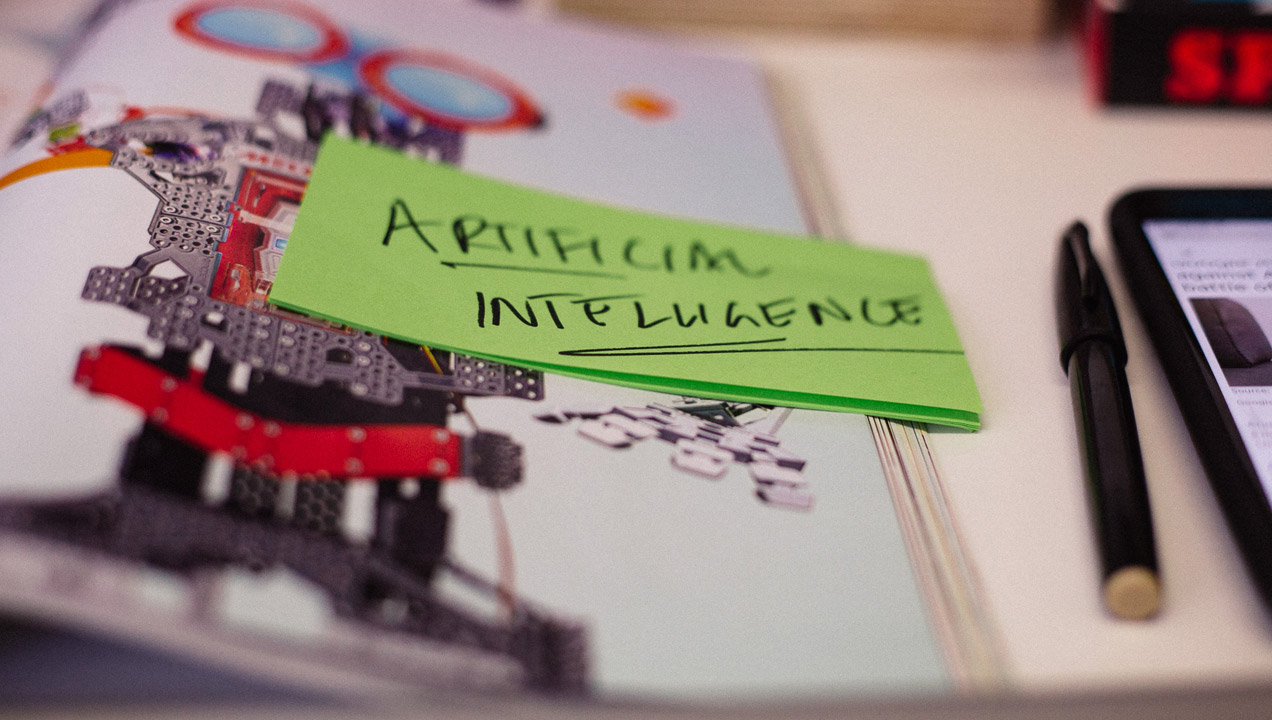Empathy and AI: A Critical Relationship
There is no denying the benefits that artificial intelligence (AI) and machine learning are already bringing to the world across all industries. Computers possess the ability to process information from multiple sources at a speed that puts even the greatest human geniuses to shame. As AI advances, its ability to solve problems becomes more expansive. With these developments, Sutherland is dedicated to understanding customer behavior and collaborating with companies to explore the future of integrating this technology into the customer experience.

The way that we work is going to change and the role of humans in the workplace will evolve. When AI are capable of tackling “hard skill” tasks, “soft skills” like leadership, management and interpersonal relationships are going to come to the forefront. As repetitive and menial tasks are passed down to machines, innovation, communication, planning and design are going to become the main tasks of the human worker. All of this will surely impact the education and lifestyle of generations to come, as cited by Bill Gates in a recent speech to a European parliamentary body.
But, to take a step back, rolling out AI as the ultimate solution to every problem is going to be fruitless. AI should be considered as just another tool that we can use to make life easier. Knowing when and where to apply AI is a question of context, and a focus on the real problems to be solved. It relies on a deep empathy with, and understanding of, the audience in question, their behaviors, values and needs – the very fundamentals of the work done by design and research specialists, such as those in Sutherland Labs.

When used in appropriate situations, AI that humans can empathize with are also going to have a big advantage over AI that we don’t like. When something as simple as clashing colors in a website design is enough to put off a potential user, how off-putting are they going to find a whole constructed personality that they don’t get along with?
Luckily, humanity is already great at anthropomorphizing inanimate objects. We see faces in the headlight configurations of cars and when they struggle to start we claim that they are in a bad mood. Tamagotchi made us cry when they died bleeping. You would assume that very little effort is required on the part of designers to make us care for AI, but that is far from the reality of its production.
For any technology to work effectively, users need to understand its functions and how to access them. Giving AI the most effective means of communication, on both a practical and emotional level, is the natural extension of that. By understanding how people communicate with one another through verbal and non-verbal cues, how they believe that they are meant to communicate with technology and how the AI that already exist in the world communicate with their users we can find the easiest way to improve user experiences and make the most of the new possibilities that AI creates.
This article was first published on Sutherland’s main website.
